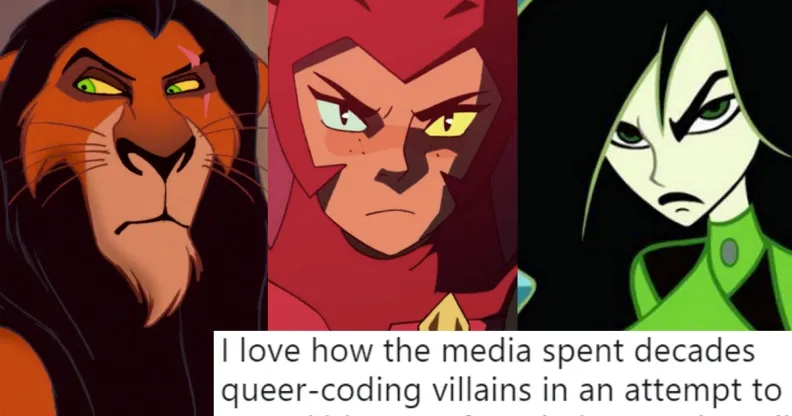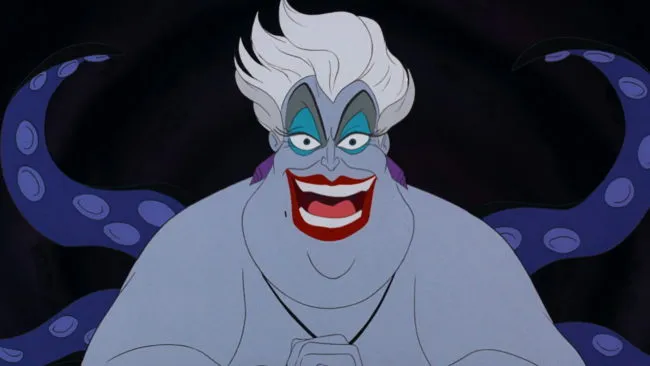Viral tweet shows how queer-coding villains backfired in the best way

Queer-coding has been used on Disney villains Scar and Shego, as well as She-Ra character Catra. (Netflix and Disney)
A viral tweet has highlighted how queer-coding your favourite childhood villains affected people in a wonderful way.
Since it was tweeted on April 8 by Jay, a self-described “transmasc enby” who uses they/he pronouns, the post has attracted more than 14,000 retweets and likes.
The post reads: “I love how the media spent decades queer-coding villains in an attempt to scare kids away from being gay but all they managed was producing a generation of monster f**kers.”
I love how the media spent decades queer-coding villains in an attempt to scare kids away from being gay but all they managed was producing a generation of monster fuckers
— Jay Bigalow Supernatural Gigolo (@therobotjay) April 7, 2019
Queer-coding is the practice of presenting characters as queer without their sexuality being explicitly stated.
Viral tweet about queer villains blows people’s minds
The post has prompted epiphanies from many people on Twitter about themselves and villains who have been queer-coded.
One of these commenters said: “im having flashbacks to when i was like 10 seeing poison ivy for the first time,” while another wrote shadily: “*side eyes the entire Venom fandom*.”
“Don’t be gay! You get a cooler costume, a show-stopping musical number, and a cool lair! Wait, get back here!”
— @gundambradley
A different tweeter made a smart observation, writing: “Don’t be gay! You get a cooler costume, a show-stopping musical number, and a cool lair! Wait, get back here!”
And another commenter said: “monsters doesn’t [sic] discriminate because of your orientation, identity or ethnicity. They kill and eat everyone equally.”
Others were simply stunned by having to face their truth, like the person who wrote: “Oh my god. You’re right” and another who said: “This is about me and I know it .”
A different tweeter commented: “I feel called out. Thanks❤.”
Some were happy to confess their own villain crushes. One user commented: “Very much Mothman,” and another tweeted: “Skeletor is f**king hot.”
Tweet shows how queer-coding villains has long been common practice
Queer-coding has affected many fictional villains.
These evil characters are generally either shown as flamboyant and overly dramatic, like Disney characters Scar and Hades, or written as having a deep fixation on the main character, like Jafar, Kim Possible villain Shego and Catra from She-Ra and the Princesses of Power.
In the past few decades, Disney fans have seen Governor Ratcliffe and Professor Ratigan—as well as Scar, Jafar and Hades—being portrayed as queer characters.
Wreck-It Ralph‘s King Candy and Catra have been implicitly shown as queer antagonists more recently, showing that the trope is still alive and kicking.

Ursula was based on incredible drag queen Divine. (Disney)
Going back a little further, Sleeping Beauty villain Maleficent was coded as queer, and The Little Mermaid featured Ursula, who was based on celebrated drag queen Divine.
It’s not just Disney, either. As well as Catra, fans have also watched cross-dressing characters HIM—from The Powerpuff Girls—and Jessie and James in Pokémon.
The trend might also help explain why horror characters Babadook and Pennywise have been embraced by some as LGBT+ icons, with the characters often showing up at Pride parades.

